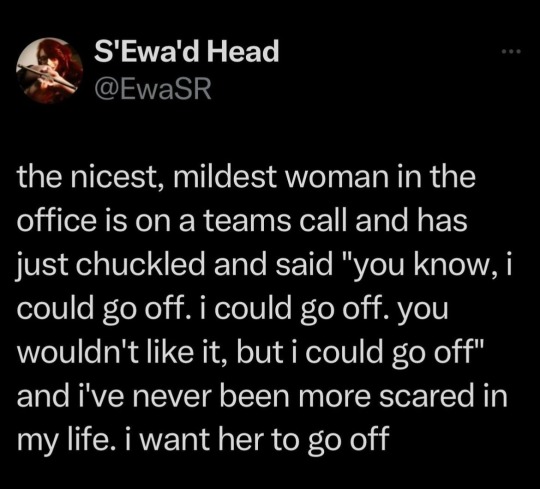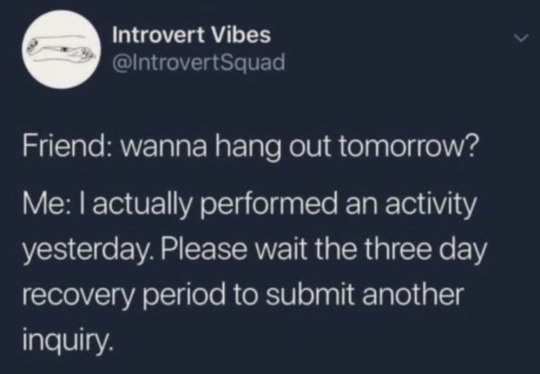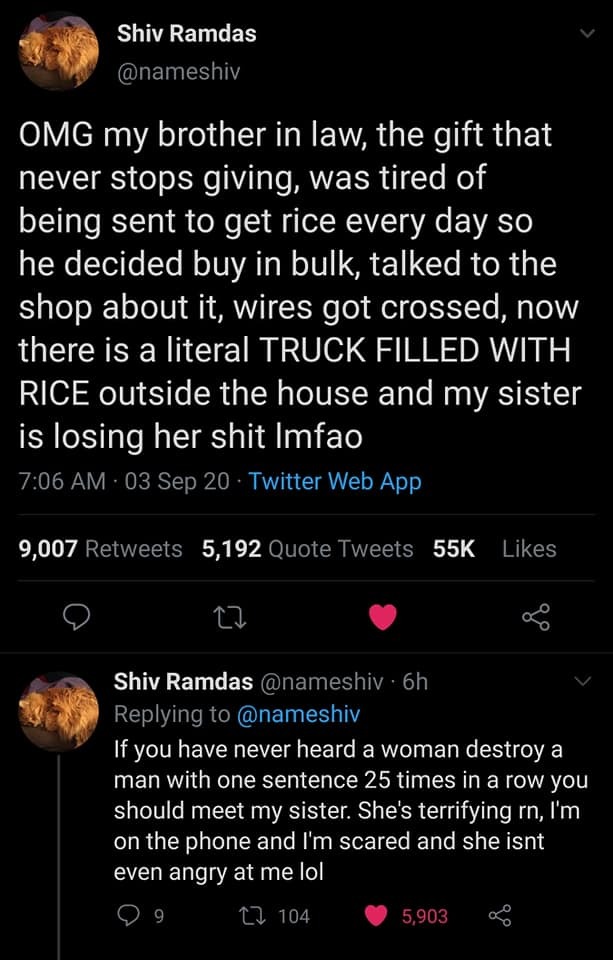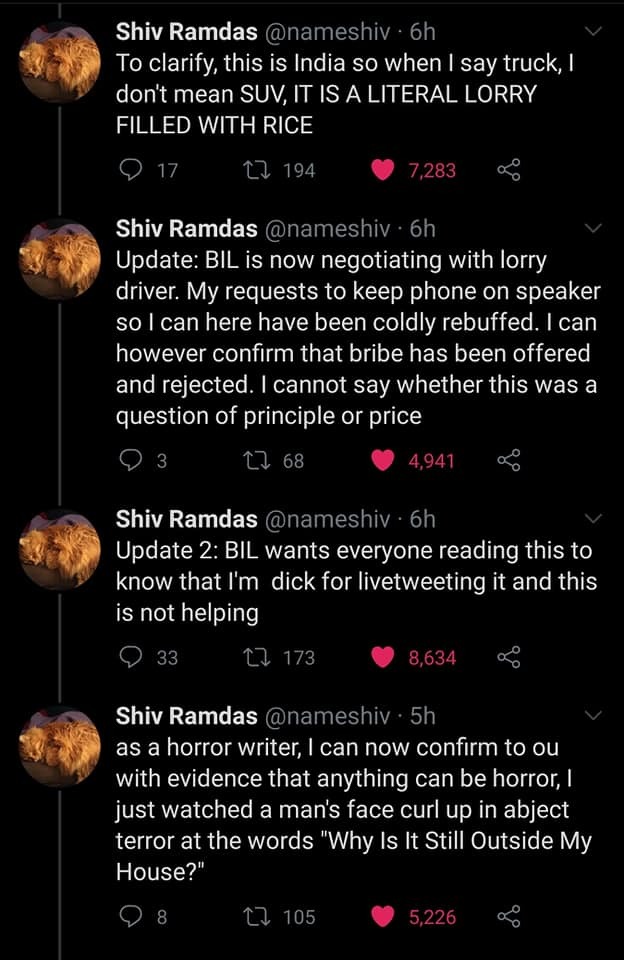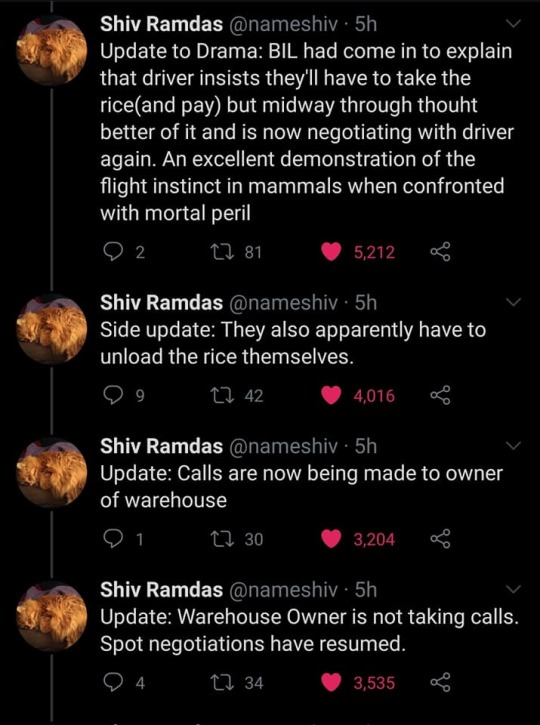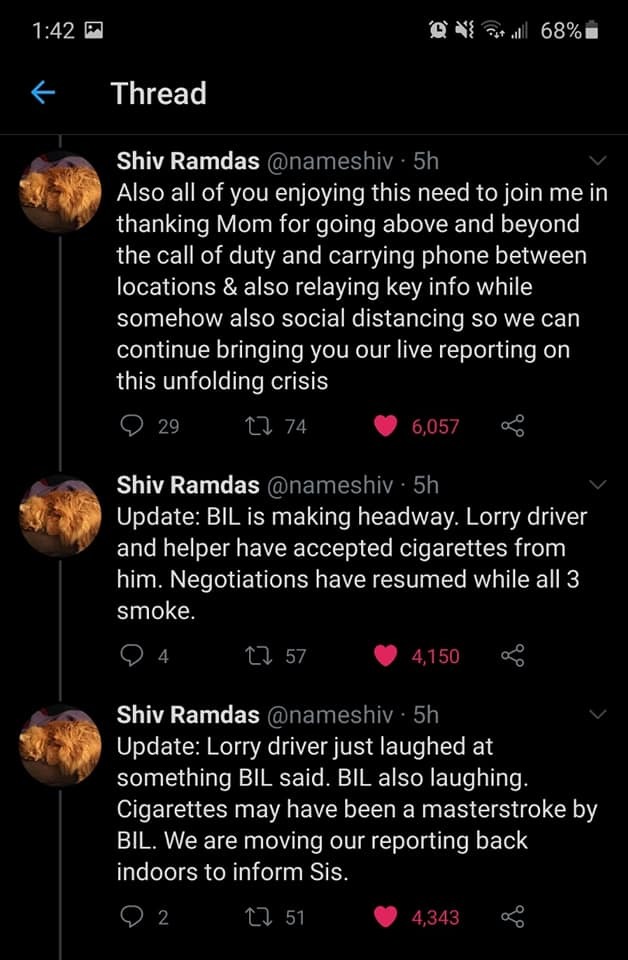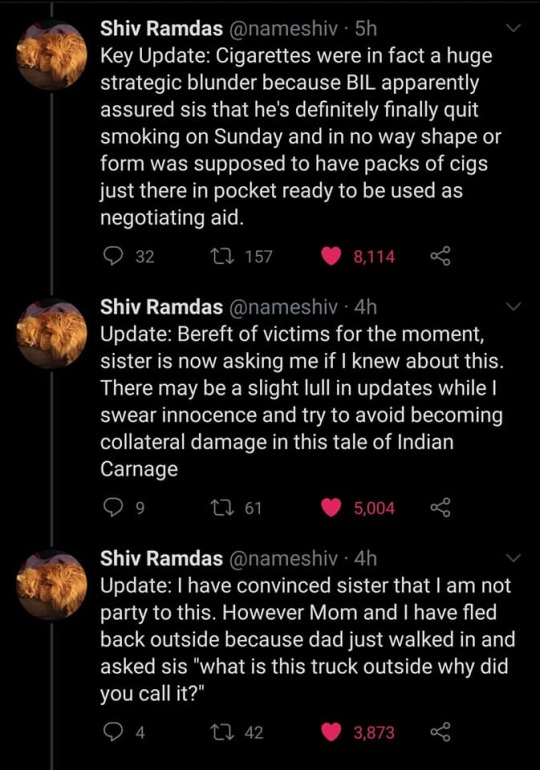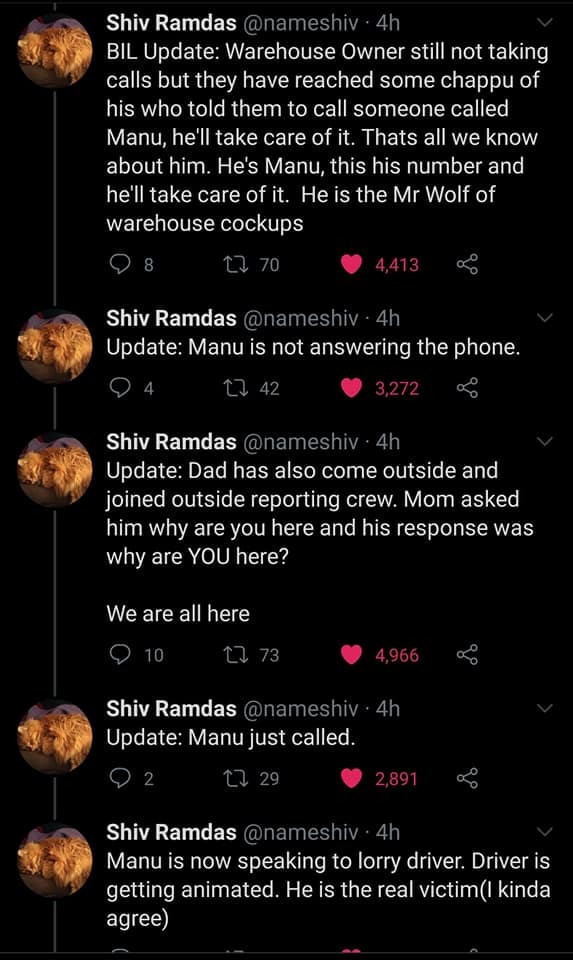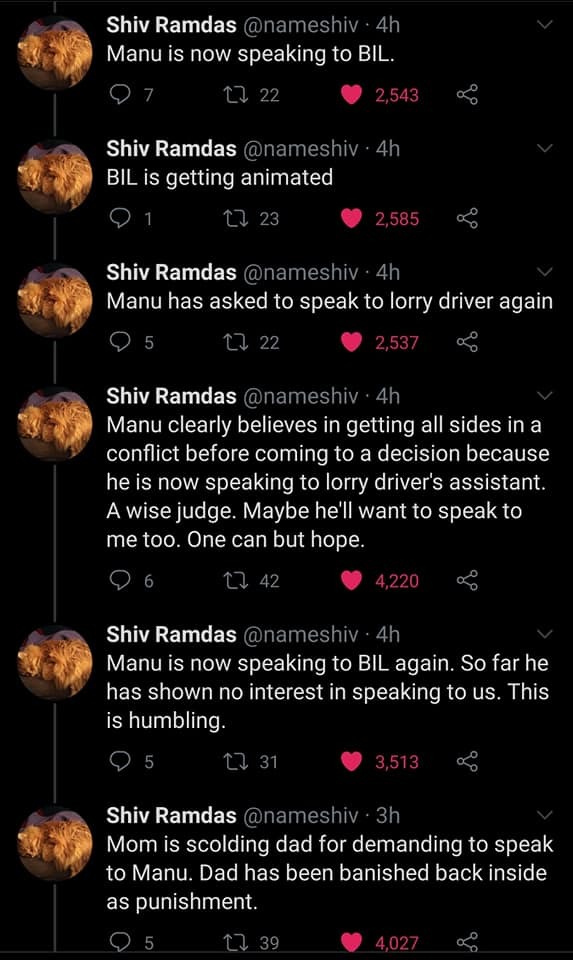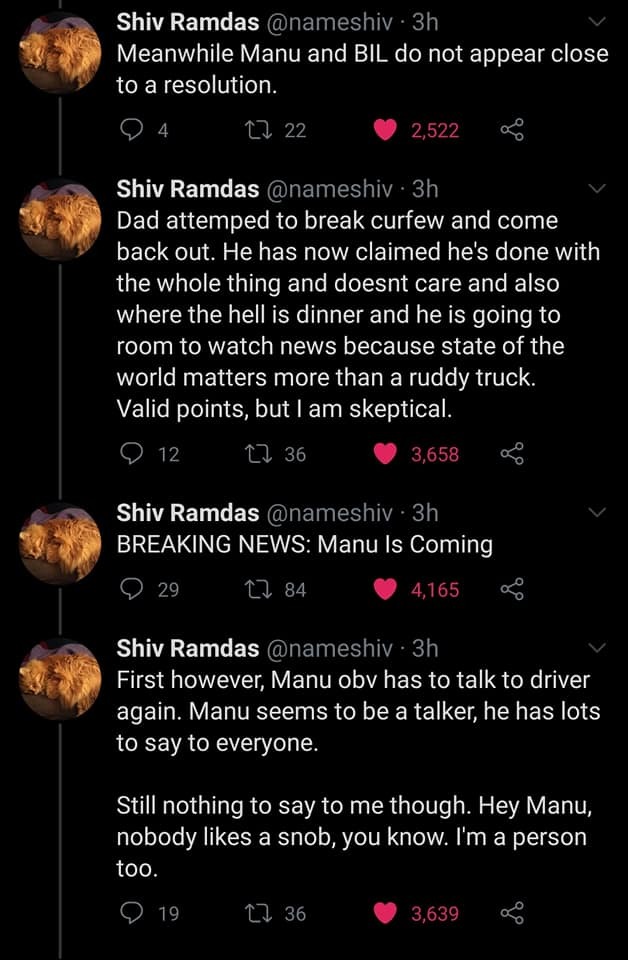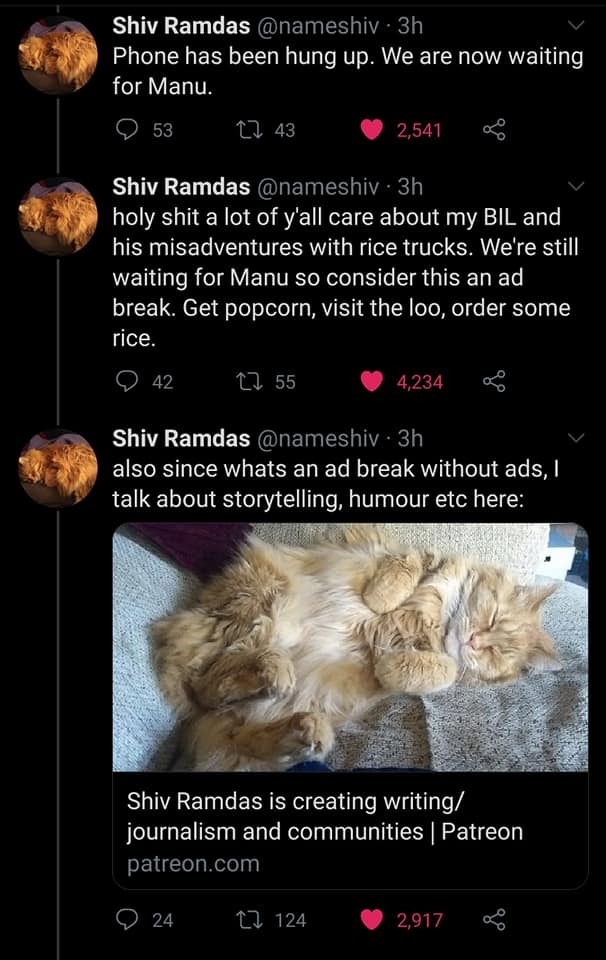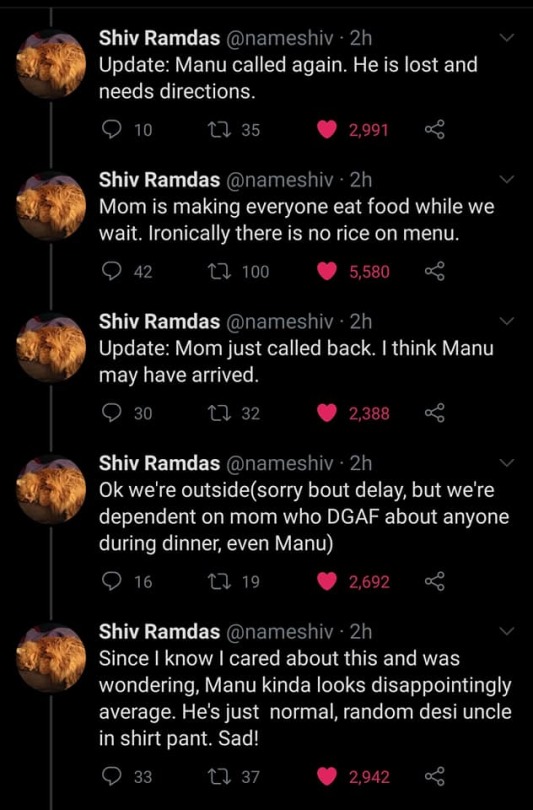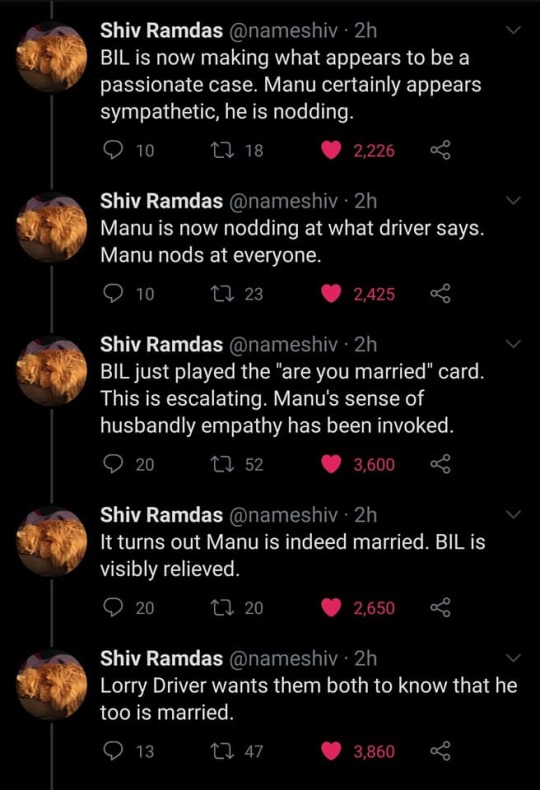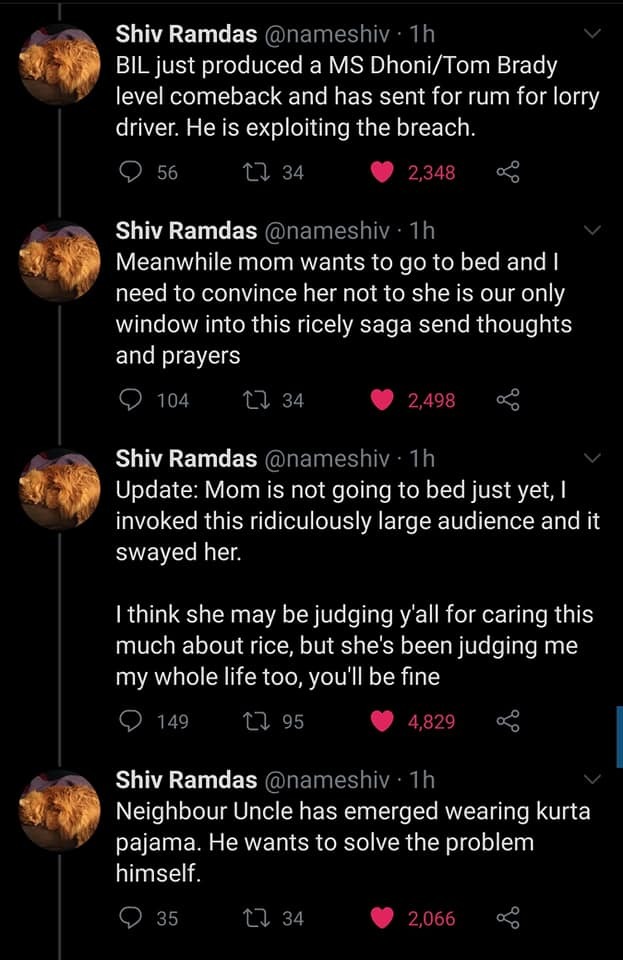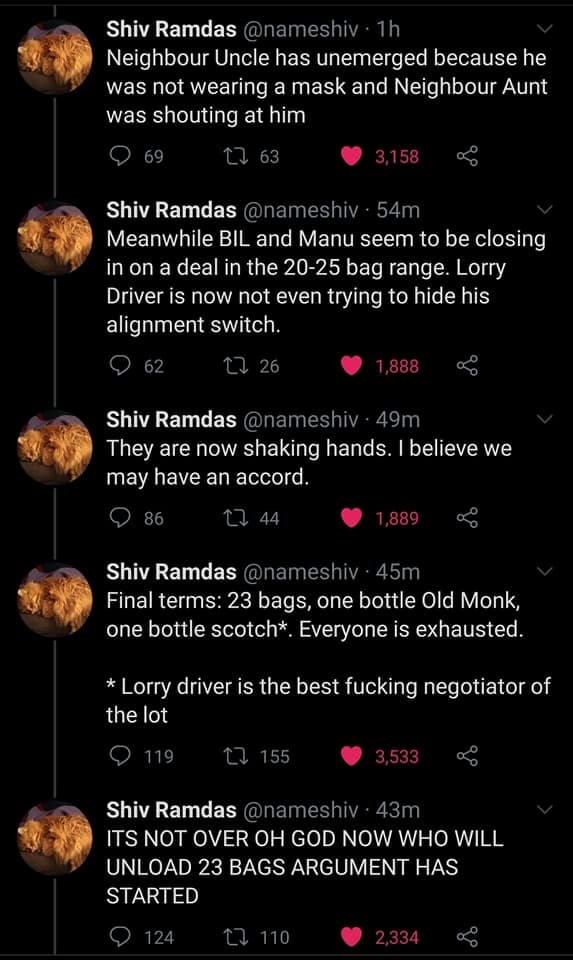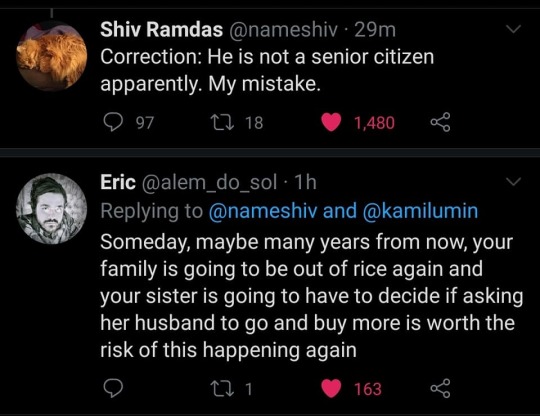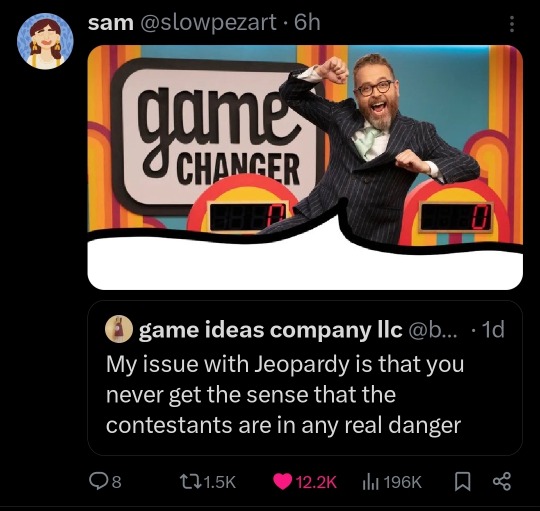Text
also, feel free to add the nuance of whether you fall on the asexual spectrum or not
560 notes
·
View notes
Text
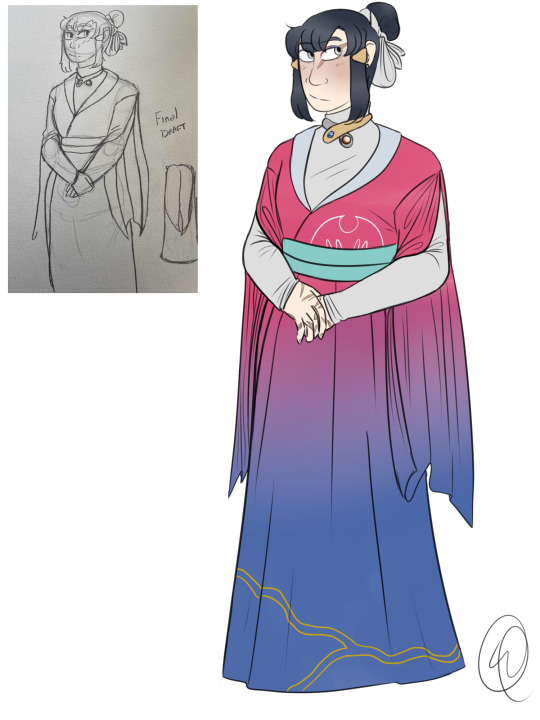
Finally designed the dress from "(Can't) Promise I'll Be Kind" - I love it 🥺 I didn't mean for the bisexual gradient but honestly it slaps
Akari is so cute and I love her
10 notes
·
View notes
Text
artists on tumblr stop fukcing lying to yourselves you never draw those sticks and circles when you sketch stuff out you just die and you know it
116K notes
·
View notes
Text
As relentless rains pounded LA, the city’s “sponge” infrastructure helped gather 8.6 billion gallons of water—enough to sustain over 100,000 households for a year.
Earlier this month, the future fell on Los Angeles. A long band of moisture in the sky, known as an atmospheric river, dumped 9 inches of rain on the city over three days—over half of what the city typically gets in a year. It’s the kind of extreme rainfall that’ll get ever more extreme as the planet warms.
The city’s water managers, though, were ready and waiting. Like other urban areas around the world, in recent years LA has been transforming into a “sponge city,” replacing impermeable surfaces, like concrete, with permeable ones, like dirt and plants. It has also built out “spreading grounds,” where water accumulates and soaks into the earth.
With traditional dams and all that newfangled spongy infrastructure, between February 4 and 7 the metropolis captured 8.6 billion gallons of stormwater, enough to provide water to 106,000 households for a year. For the rainy season in total, LA has accumulated 14.7 billion gallons.
Long reliant on snowmelt and river water piped in from afar, LA is on a quest to produce as much water as it can locally. “There's going to be a lot more rain and a lot less snow, which is going to alter the way we capture snowmelt and the aqueduct water,” says Art Castro, manager of watershed management at the Los Angeles Department of Water and Power. “Dams and spreading grounds are the workhorses of local stormwater capture for either flood protection or water supply.”
Centuries of urban-planning dogma dictates using gutters, sewers, and other infrastructure to funnel rainwater out of a metropolis as quickly as possible to prevent flooding. Given the increasingly catastrophic urban flooding seen around the world, though, that clearly isn’t working anymore, so now planners are finding clever ways to capture stormwater, treating it as an asset instead of a liability. “The problem of urban hydrology is caused by a thousand small cuts,” says Michael Kiparsky, director of the Wheeler Water Institute at UC Berkeley. “No one driveway or roof in and of itself causes massive alteration of the hydrologic cycle. But combine millions of them in one area and it does. Maybe we can solve that problem with a thousand Band-Aids.”
Or in this case, sponges. The trick to making a city more absorbent is to add more gardens and other green spaces that allow water to percolate into underlying aquifers—porous subterranean materials that can hold water—which a city can then draw from in times of need. Engineers are also greening up medians and roadside areas to soak up the water that’d normally rush off streets, into sewers, and eventually out to sea...
To exploit all that free water falling from the sky, the LADWP has carved out big patches of brown in the concrete jungle. Stormwater is piped into these spreading grounds and accumulates in dirt basins. That allows it to slowly soak into the underlying aquifer, which acts as a sort of natural underground tank that can hold 28 billion gallons of water.
During a storm, the city is also gathering water in dams, some of which it diverts into the spreading grounds. “After the storm comes by, and it's a bright sunny day, you’ll still see water being released into a channel and diverted into the spreading grounds,” says Castro. That way, water moves from a reservoir where it’s exposed to sunlight and evaporation, into an aquifer where it’s banked safely underground.
On a smaller scale, LADWP has been experimenting with turning parks into mini spreading grounds, diverting stormwater there to soak into subterranean cisterns or chambers. It’s also deploying green spaces along roadways, which have the additional benefit of mitigating flooding in a neighborhood: The less concrete and the more dirt and plants, the more the built environment can soak up stormwater like the actual environment naturally does.
As an added benefit, deploying more of these green spaces, along with urban gardens, improves the mental health of residents. Plants here also “sweat,” cooling the area and beating back the urban heat island effect—the tendency for concrete to absorb solar energy and slowly release it at night. By reducing summer temperatures, you improve the physical health of residents. “The more trees, the more shade, the less heat island effect,” says Castro. “Sometimes when it’s 90 degrees in the middle of summer, it could get up to 110 underneath a bus stop.”
LA’s far from alone in going spongy. Pittsburgh is also deploying more rain gardens, and where they absolutely must have a hard surface—sidewalks, parking lots, etc.—they’re using special concrete bricks that allow water to seep through. And a growing number of municipalities are scrutinizing properties and charging owners fees if they have excessive impermeable surfaces like pavement, thus incentivizing the switch to permeable surfaces like plots of native plants or urban gardens for producing more food locally.
So the old way of stormwater management isn’t just increasingly dangerous and ineffective as the planet warms and storms get more intense—it stands in the way of a more beautiful, less sweltering, more sustainable urban landscape. LA, of all places, is showing the world there’s a better way.
-via Wired, February 19, 2024
13K notes
·
View notes
Text
My one friend group can't stop saying, "See you in hell!" in a cheerful voice instead of, "Talk to you later!" and my other friend group can't stop calling things "penis" instead of "cool" or "good", so I just unironically uttered the phrase, "Sounds penis, see you in hell," as I got off the phone.
25K notes
·
View notes
Text
there’s a new potent drug called “the bed” out on the streets. just one hit of the damn thing and you’re passed out cold, tucked in, multiple blankies, honking and shooing for hours. scary stuff.
62K notes
·
View notes
Text
I hate when people say ohhhh your pets only love you because you feed them. as if that wasn't the first form of love any of us felt. get real.
#my fish get so excited when they see me because they want food!!#it makes me happy#they are small and not very bright and only know eat#so this is a very important part of their life and i love them
60K notes
·
View notes
Photo


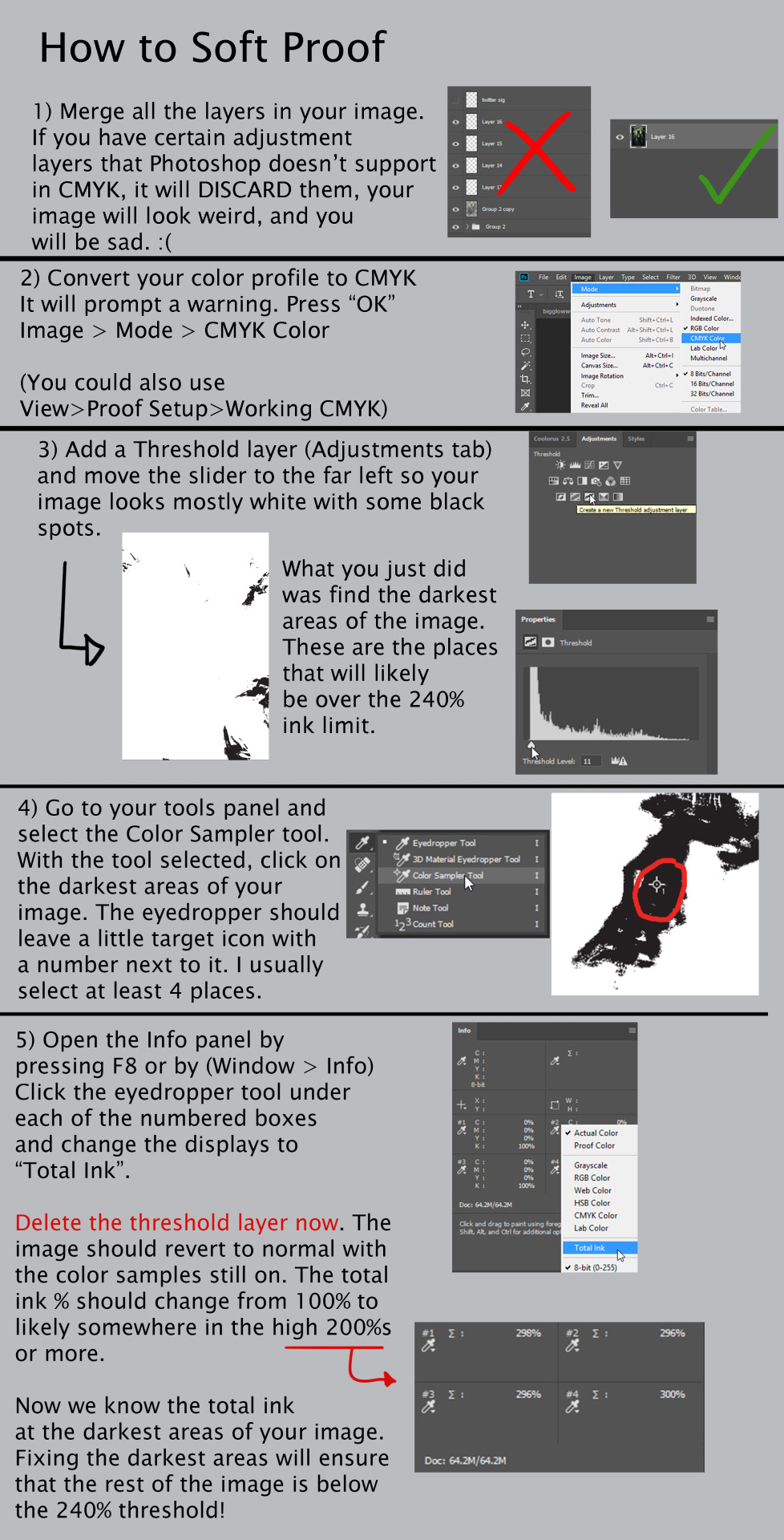

An old soft proofing tutorial of mine that I’ve been getting requests to post again.
5K notes
·
View notes
Text
🚨EMERGENCY! PLEASE READ!🚨
Moataz @moatazart, Mariam, and baby Maria are set to make the dangerous journey from Gaza City in the north to Rafah in the south. From there, God willing, they will enter Egypt.
HOWEVER, the money they had allocated to procure shelter and food while in Egypt was utterly depleted by exploitative fees and hidden costs, which we break down in this post. Moataz speaks more on the situation in this post and on his own blog @moatazart, which we ask people to follow and boost. They have a fund going to raise the remaining money, but the fund only has a week and a half left before it closes! They are not even halfway to their goal!
Please share what you can with Moataz’s family so they can find safety and security in Egypt! They have no one in Egypt with whom they can stay and currently nowhere near enough money to secure shelter! After all they have survived, please don’t let this young family be left vulnerable! If they cannot procure food and shelter, they will be extremely vulnerable not only to the dangers of homelessness, but to groups and individuals who prey on refugees!
Safety for Gazan refugees does not end with leaving Gaza! If this campaign is not finished in LESS THAN 2 WEEKS, they will be homeless in Egypt! They are so close to a fresh start, please don’t let all the risks they are taking to find safety be for nothing!
4K notes
·
View notes
Text
okay buckle up because you’re about to hit the end of this post
59 notes
·
View notes
